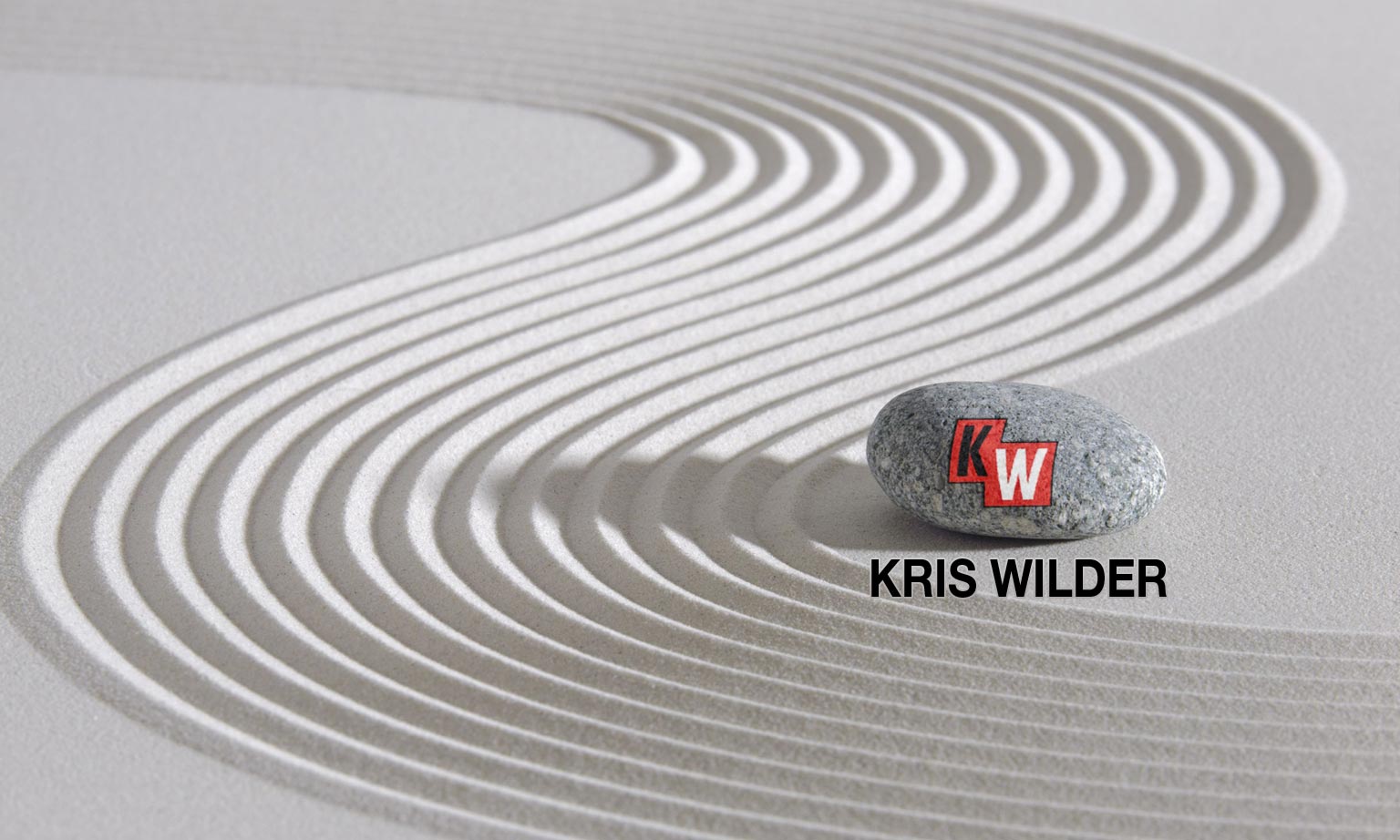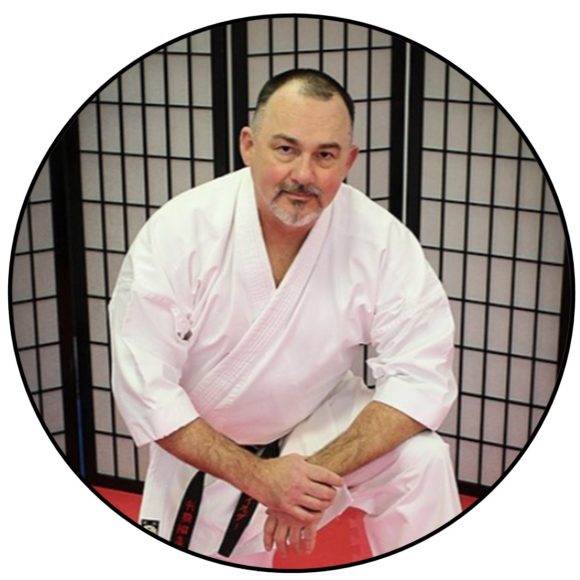
Karate Bunkai and what you find out is pinched from Archeology. In the archeological world, there is a saying about discoveries. “It’s not what you find, it’s what you find out.” What the archeologists are saying is important to the karate world. Stay with me because there is much to learn from this analogy.
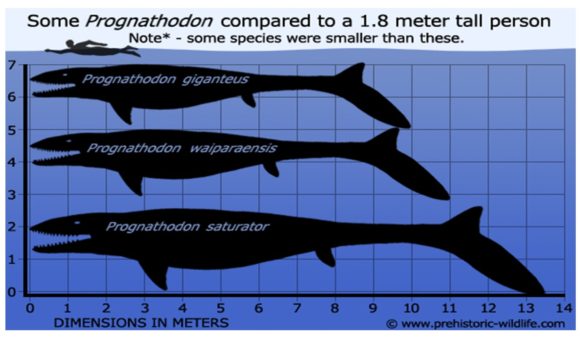
A Dinosaur Skull
Think of the discovery of a skull. A dinosaur skull, call it a Prognathodon Giganteus, the skull is an adult about 30 inches long. A nasty critter. But the one you found is about half that size. The questions arise. Is this a juvenile? or is this an adult that experienced malnutrition? Is the skull part of a heretofore unknown species?
The, skull, the content is in place. Next is the context that begins to answer some of the questions. The smaller skull was found in North America. North America is not usual African areas larger skulls have been found. The Archeologist has not just found a small skull and that is that. No, they begin to go after the information in the surrounding area like a forensic detective.
The Forensic Detective
The forensic detective can go far in analyzing a crime scene. They will check not only the caliber of a round found at a crime scene but also the angle the bullet entered the victim. Things like the distortion of the bullet are also important. The bullet may upon closer examination be a type of bullet last manufactured in 1953. Further that bullet may be a military issue only.
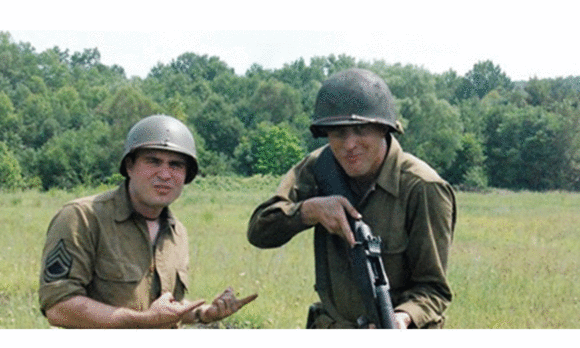
In both of these situations, the story is interesting and appears complex. Yet in the discovery the elements come together for clarity, they fit together not being complex, but clear.
Karate bunkai should get observed in the same manner. “It’s not what you find, it’s what you find out.”
Diagnosis From A Distance
A technique, a counter may work in a static position, but what if the attacker is coming in hot? Or about any combination you can contrive. Pick one and test that new finding. Move from what you found to what you found out. What if you found out that in ten different permutations of this attack the defense works in one, just one situation. What can you draw from this? If I told you it doesn’t work, I would be making a massive leap. I simply do not know all of the variables. You are present, you are seeing it, feeling it.
There Is More
Karate Bunkai and what you find out raises other questions, but let’s keep the focus on the finding of nine out of ten failures. That failure rate can’t be overlooked. It is like the archeologist saying, “This skull must have gotten washed to the midwestern plains of America from the African continent. “Well, now, solving that, what’s for lunch?”
Or an even more ridiculous would be the forensic detective saying, “Looks like suicide, both rounds are to the skull.”
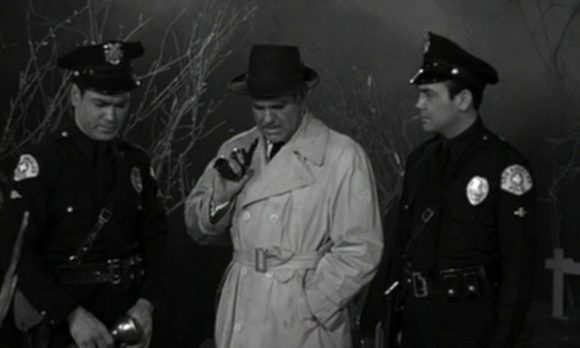
These are solutions for convenience. Do not ever get trapped by this. I don’t have a matrix for you to download, and I don’t have a flow chart, but I do have a recommendation. Be critical and pretend to be an Analogy Criminal Forensicologist. Of course, that is an absurd name. The idea however is far from absurd.
Here is your new motto for the next few classes, “It’s not what you find, it’s what you find out.”
You may enjoy these links as well.
Let’s Connect
KRIS WILDER
Kris Wilder is a martial artist based in Seattle Washington. He has authored many martial art books, including the classic, The Way of Kata. Making no apologies for his obsession of Football he can be found telling any who will listen about the nuances of the Canadian Football League.
